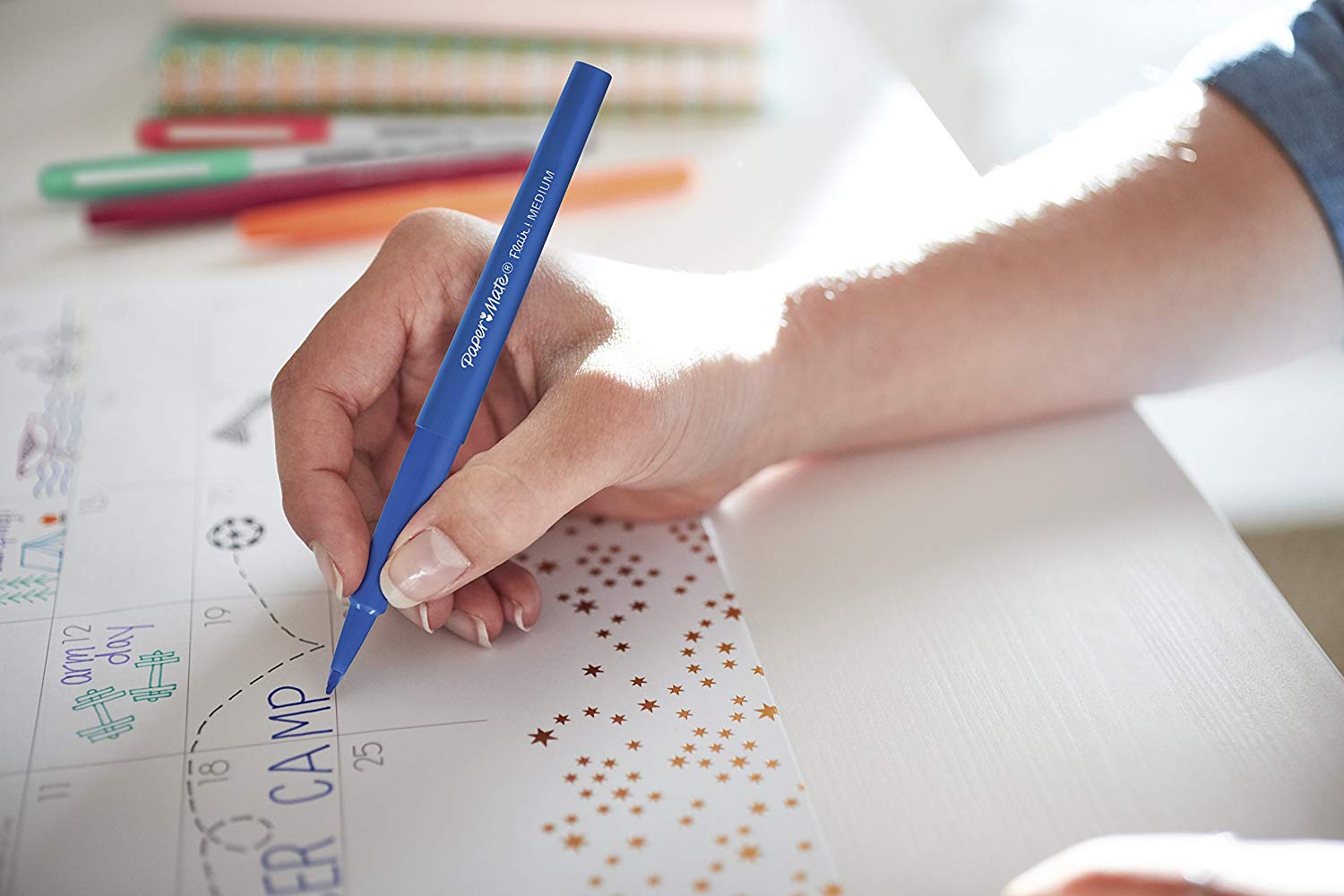No matter what aspect of everyday life you look at, there is always at least one trend that makes you raise your eyebrows in surprise. Quite often, they are unusual but innocent, like the new trend of eating alone at a table for one, other times, it’s stupid (like the Tide pod challenge, although I doubt this could be called a “food trend” at all). There are trends, though, that may look good, even attractive at first but come with hidden downsides that you might not be aware of – like the ones below.
Raw water
If you are of a certain age, you have probably been in the situation to drink water directly from the source – and that source was anything between a small stream at the end of the garden to a spring in the mountains. As time passed, though, you have probably learned of the potential dangers of drinking unsanitized water – depending on the source, it can be contaminated with various germs, parasites, fecal matter, and such.
The raw water sold in various supermarkets across the US is tested before being bottled but it can still be dangerous. The idea has many supporters but it also has enough opponents that think that its dangers outweigh that of the chemicals present in the tap water that conforms with federal regulations (except for the water in Flint, of course).
Activated charcoal
Activated charcoal has been used in medicine as a quick treatment for certain forms of oral poisoning and overdose, and is used to treat indigestion, diarrhea, and flatulence. Like all products with medical use, it also has side effects: due to its high adsorption potential, it doesn’t only adsorb toxins in the digestive tract but nutrients and vitamins, as well. What’s worse, it can also absorb the active ingredients in certain medications or block their absorption, so it’s important not to take it together with other medications.
The same activated charcoal – albeit usually made of bamboo and coconut shell – has become a popular food ingredient this year. It has shown up in a vast variety of foodstuffs this year, ranging from burger buns and biscuits to ice cream, pizza, and sponge cake.
Rainbow cake
One of the trendy foods that have likely raised a few eyebrows this year – not because its inherent dangers, mind you – is the rainbow cake. A Japanese delicacy (so to say), it is a dessert made of pure water and agar, a jelly-like substance that serves as a vegan alternative to gelatin. According to those who have tasted it, the rainbow cake has little to no taste (albeit it is a bit sweetish) and no calories – but it is certainly a picture-perfect dish, which is probably the reason why it has become a viral sensation around the world.




Comments are closed.